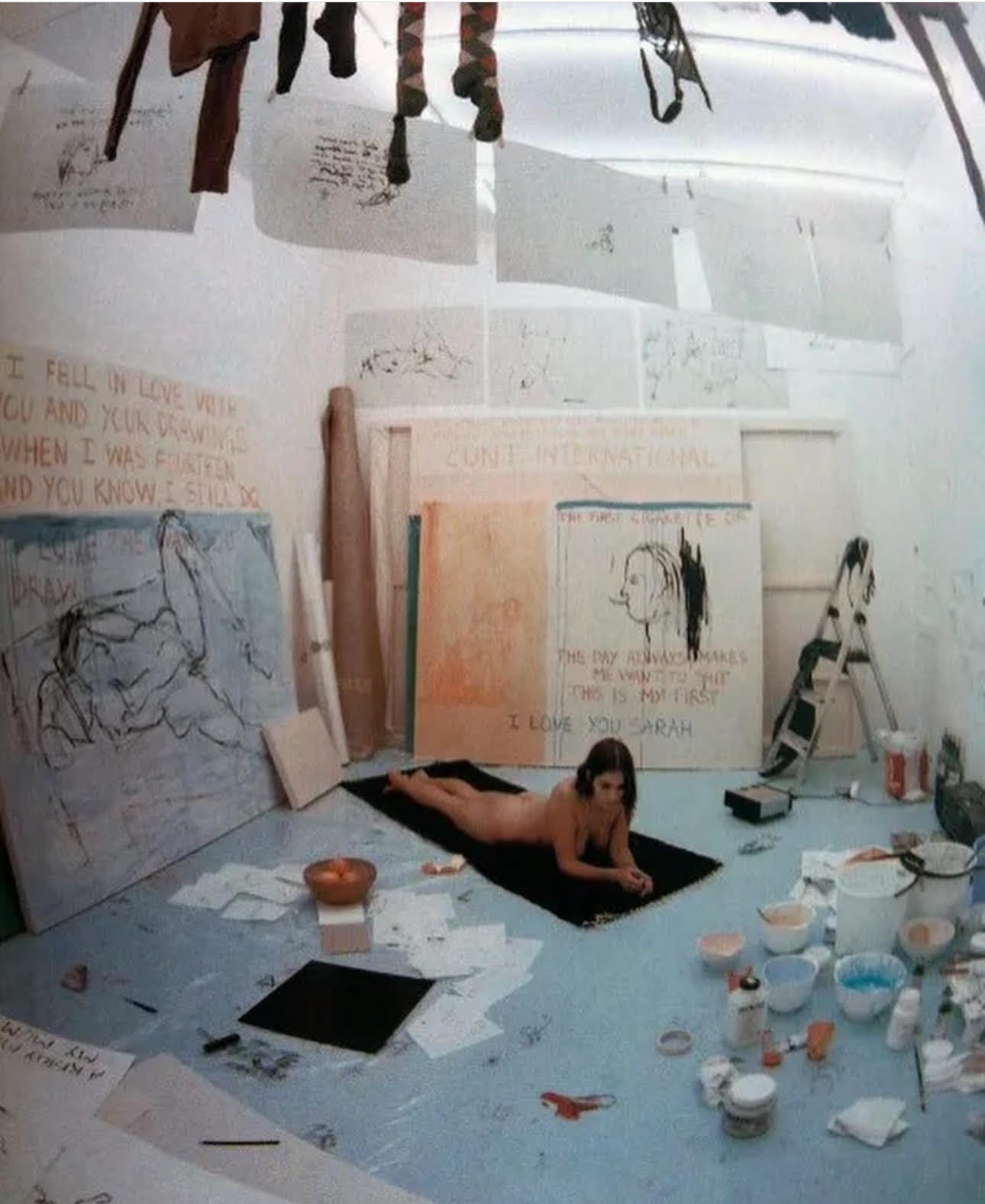Writing the Shared Story
My new friend Catherine says that story has a way of seeing the light, if the story is meant to be told it will find a way to be written…not her exact words, but the essence that I took away after our week together in Sainte Baume where I was guiding her into the living story of her pilgrimage to Mary Magdalene’s cave.
The truth is there is a lot of story within me right now, story that feels a little trapped inside sometimes because it is shared story - which makes sense because most of my life has been shared with others. For a very long time I’ve been trying to figure out who has ‘the rights’ to this shared story, especially when the telling of it will expose tenderness, secrets, intimate details…
‘The most beautiful thing is honesty, even if it’s really painful to look at.” - Tracey Emin
As a poet, it has been a beautiful challenge to tell the shared stories of my life in cryptic verse with metaphor and symbolism - this has been a welcome outlet for me for many years.
This query of shared story always comes up when I spend time with storytellers, and it was something I asked Catherine about in September in Sainte Baume. Her very clear, direct and honest answer, as a writer and successful storyteller, has stayed with me.
I’m feeling on the brink of a season of releasing the stories that live in my deepest parts in the coming years. I have fantasies about doing this fearlessly.
“The words went round and round and round in my mind and my body, until I knew they were no longer my words but something that had been carved into my heart.
And now my soul was crying.” - Tracey Emin
Heart and soul.
I pray that I can tell stories from these places: stories that live here feel different. Perhaps this is why I love Tracey Emin so much, there is a depth to her storytelling on canvas that you can feel; part of me feels that she had to go deeply into herself to source the work when I experience her art. This is sacred storytelling.
There is the story that is lived, this story tells itself. And, this story is often messy, inconvenient, disruptive and incredibly true. I’m living inside of many of these stories at the moment, one in particular that feels so real and so raw suddenly. This story has been lurking around my entire life, I didn’t know it was living me until recently when the words to tell it came in a book called “Mother Hunger.”
“Starving is one of the most basic ways to compensate for feeling helpless.” ― Kelly McDaniel
I spent most of my forties starving myself.
(…I just sat staring at that sentence, a one-sentence story, for a long time before feeling ready to continue this piece. To leave it here, in its big truth, one solitary line that I haven’t ever shared in lasting words - feels like freedom.)
And…there are stories that free us.
Even though I’ve been living inside of this one my entire life, I never really looked at it until I read it on a page in Kelly McDaniel’s book and the story became more real within her words. And even though her book comes with a caution not to read it through the lens of a mother, I have found myself witnessing my niece through Kelly’s words too. We have this starving in common, this hunger, and the way we both literalize our ‘helplessness.’
This is our shared story.
In 1996 Tracey Emin spent three weeks naked in a gallery space with only her art materials and music. The artwork that she created during this time reflects a raw and unfiltered exploration of her emotions and physicality. Emin’s approach often involves creating pieces that are deeply personal, blurring the lines between her life and art. It is her real, authentic and vulnerable approach that has won her great resonance over the years, and her art has provoked thought and discussion about the intersections of life, body, and art.
“Strolling on the plateau of life, desperate for the mountain, I never thought that I would get this far. It's only art that has carried me through, given me faith in my own existence. But now I am approaching a point in my life where I desire more...”― Tracey Emin
At some point the story aches to be told, because there’s more. There’s more expansion to be had, deeper living to live, edge to be explored, vulnerability to be felt…words to be expressed…freedom, freedom…free…wide open, spacious, love…
“What would love do?” is a common question my friend Erica asks me, and my therapist in Paris often echos this mantra in our sessions together. Perhaps love would tell the story.
The starving story is a love story, after all. And Tracey’s three weeks of nakedness was a love story too. Sometimes we have to strip ourselves down to the bone, some of us literally, to feel our way out of the story from the inside out.
Tracey paints her way out…I yearn to write my way out.





